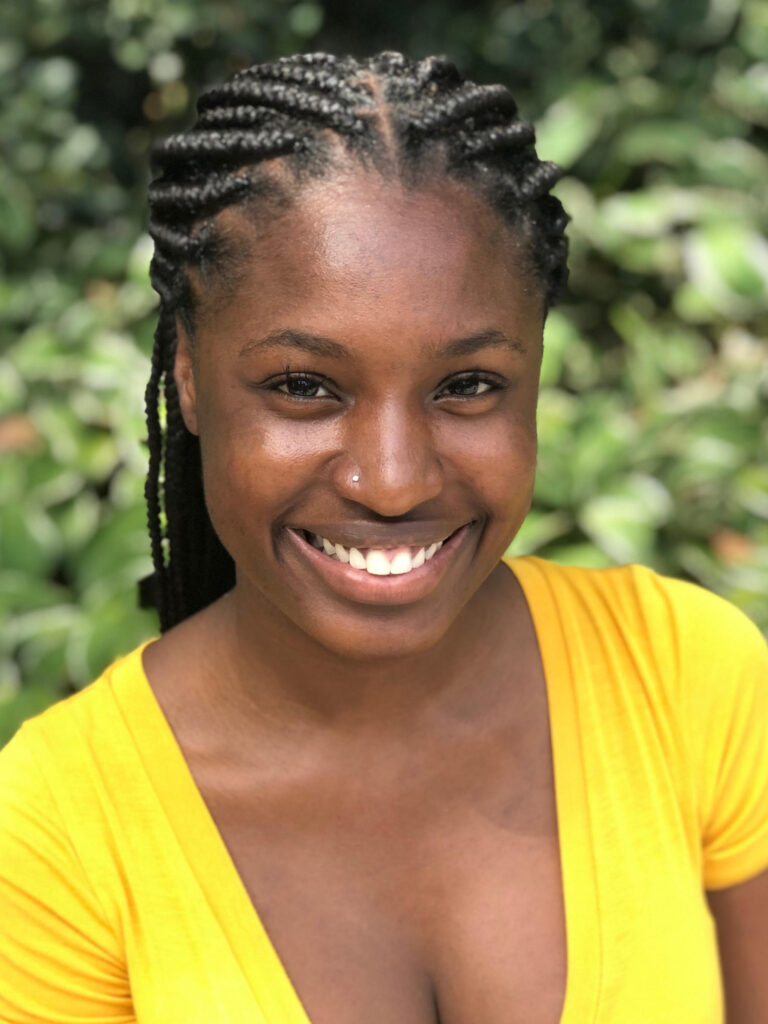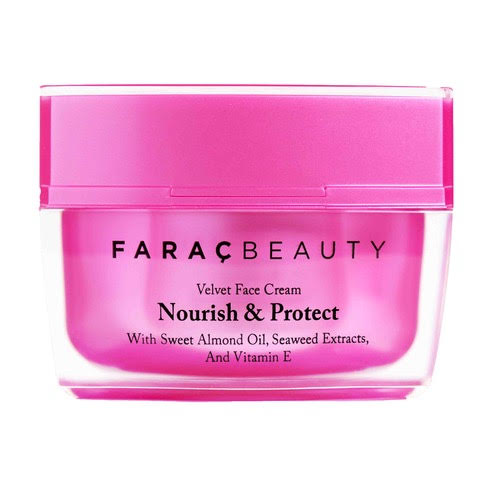Taking your idea from a dream to an actual business is hard AF.
For many of us, we seek high and low searching for business tips to prepare us for the crazy entrepreneurship journey ahead, but for entrepreneur Rose Reynolds, “If I knew how much work [starting a business] was going to take, I probably would’ve been so intimidated that I wouldn’t have started.”

From 9-5, Rose is a 24-year-old packaging designer, and then an entrepreneur by night. She was always interested in the beauty industry and wanted to be a part of it, but didn’t really know what role she could play other than the consumer until she secured an internship at Wander Beauty as a packaging designer. From there, more doors opened for several short-term freelance opportunities with indie beauty brands that helped her get more familiar with what really goes on inside the beauty industry.
During this time, what inspired Rose to start her own brand was the lack of scope in products, moisturizers specifically, in new or small skincare companies. As Rose told me, “The focus tends to be on the variety of SKUs, which leads companies to make ‘one-size fits all’ products. My unique skin type would rarely validate their claims of being the perfect moisturizer for ‘every skin type.’ And that’s when Faraç Beauty came about.”
Recently, we caught up with Rose and learned all about what goes into taking a beauty product from idea to launch. Keep reading to learn about the process!

What did Faraç Beauty look like in the very beginning?
My initial vision was to have a brand that had a variety of moisturizers during the first launch for the customers to choose from others, aside from what I typically have seen from other brands. Typically most brands will have just one moisturizer and it’s supposed to be for everyone, and one eye cream, one toner, etc. My initial goal was to try to cover as many people in the first launch as possible and obviously expand more later. I decided to focus on moisturizers specifically because it’s pretty much that step in your skincare routine that you’re not entertaining enough.
How did you decide what type of team members you needed to have to go from idea to launch?
Right now my team is only me, so it’s definitely a lot of work, especially since it’s not being divided among anyone else. The only thing that I outsource right now is my PR. Before I hired someone for PR, I went through the influencer route because that’s what I learned from the other companies that I’ve worked at. At that time, I reached out to different influencers to have them try out the product, review it, and tell their audience about it to help spread the word about my brand.
How do you approach an influencer?
A lot of times, they reached out to me, and then I would look at their engagement to see if the collaboration with them made sense for both of us. When I started running ads, I would get a lot of influencers reaching out to work with me because I was a new brand. I didn’t pay for any reviews, because I wanted authentic reviews. When people pay influencers, most influencers feel like they are obligated to say the product is good.
What does the process look like from idea to actual product?
After I had the idea for the brand, I began reaching out to a lot of different labs that would create formulas either from scratch or if I had a product that I liked but wanted to change things about it, they would create what I wanted. I then narrowed down my list to labs that were in the U.S., because it was important to me that the products were made in the U.S.
After that, I started talking to the chemist at the lab and shared what I wanted my moisturizers to do, and he gave me insight on ingredients that are important for each skin type and the product I was trying to make. He then sent me a few samples to try out, and I did this for a few months until I was able to settle on three formulas for my brand. Having just three formulas worked out perfectly because it helped me get the messaging that I wanted to portray with my brand in that we have moisturizers for each skin type. So now we have a moisturizer for oily, sensitive skin, normal, and then dry skin.

From there, my focus was on finding a vendor for the packaging which was a lot of work. I knew that my brand would be online only so the experience that the consumer would have when receiving the package had to be very good, and on-brand. I did a lot of research on what I wanted it to look like, and just the overall aesthetics. The research and deciding on my packaging alone took a few months.
But after finding a manufacturer or vendor that I wanted to work with, I had to get the jars tested at the lab because I needed to make sure my products would be stabilized. From there, I went through another series of testing, but if it wasn’t approved, I was back to the drawing board looking for other vendors. After I got the jars tested and approved, I could then move forward with ordering the jars. From there, I started focusing on my website. While building it out, I took in consideration the experience of the website, and the user flow – this is where my background as a designer really came in handy. I was able to use my skillset to build out my website on my own.
I will say, this was all a very crazy time too because I didn’t know anything about any of this until I was actually doing it. Beforehand, if I knew how much work this all was going to take, I probably would’ve been so intimidated that I wouldn’t have started. I know a lot of people are always like “I wish I knew how to do X in advance” but if I knew about any of this in advance, I probably wouldn’t have done any of it.
During this process, what is one thing that you did that was really valuable?
Throughout this process, I would ask a ton of questions. I remember meeting a lot of people who were very helpful and were open to explaining things in detail which was really great. If anyone is getting ready to go on a similar journey of starting a business, ask as many questions as you can.
Once you have your product, how do you find your ideal customers?
This was pretty much my dilemma once I launched.
I had this crazy idea that people would be lining up online to get my products, but that wasn’t the case because the industry is so competitive. As a brand, you really have to gain trust from the customers before they’re going to buy from you. They’ll be one or two people that will buy from you because they just want to try new products, but for everyone else, you have to work hard on gaining their trust.

I ended up running some ads, but at times, I would let the platform select the audience for me to display my ad to. From there, I would use the data from my ads to narrow down what my potential buyer looks like. I also used the PR that I get from being featured in certain blogs and websites for consumer research. If people find out about Faraç from certain websites and then purchase my products, I’m able to generally learn more about them because of the site they are coming from – most sites have a very specific, unique audience, which helps me learn a lot of my potential customers.
Lastly, what sites or software do you use for analyzing data and metrics?
I have Google Analytics, but I look at my Shopify more frequently. I’ll look at things like my bounce rate, conversion rate, where my customers are coming from, etc. I also look at the metrics that you can get from Instagram and Facebook. Other than all of that, I also use Klaviyo for email marketing. With Klaviyo, I can get data, and send retargeting emails when necessary.
To learn more about Faraç Beauty, click here.
